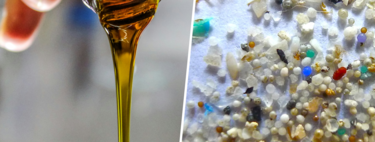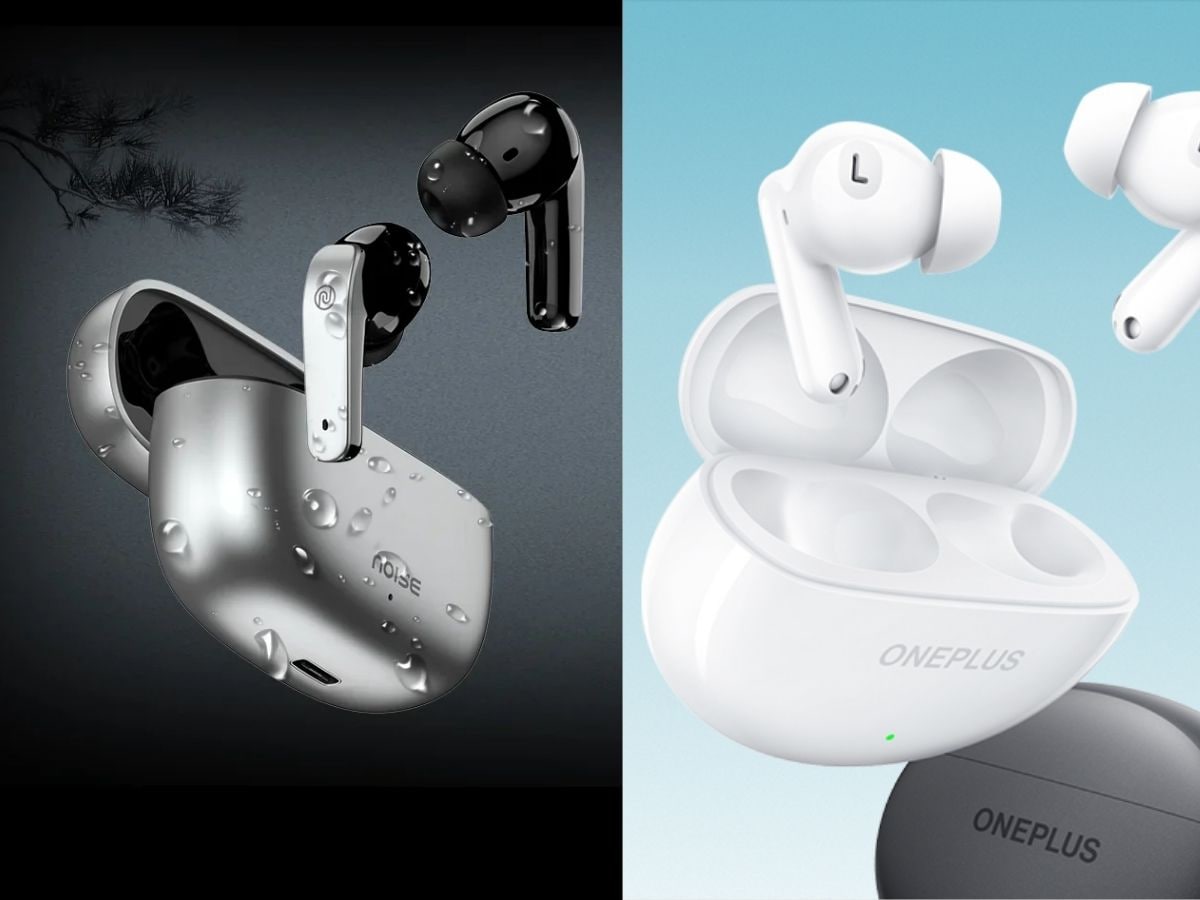We have a gigantic problem with microplastics. These elements seem to permeate everything that surrounds us: from tap water, lettuce or even in the testicles and archaeological elements with centuries behind them. The difficulty in fighting them is that we would have to put our consumption habits up to deal with this almost invisible enemy.
And this graph prepared by Visual Capitalist allows us to put the size of microplastics in context when comparing them with more everyday elements.

In short: small. Talking about microplastics, it really encompasses very diverse particles. The larger ones measure about 5,000 microns, which are five millimeters. They are small, but perfectly identifiable to the naked eye. At the extreme are those who measure a micra, and there the identification is complicated because we are talking about 0.001 millimeters.
In the graph (which takes data from agencies such as EPA, the United States Environmental Protection Agency) we can see an expanded comparison that allows us to put a microplastic of a microphone with a dust particle, the diameter of a human hair (about 80 microns) or a grain of sand (90 microns). If a hair seems ‘fine’ and is 80 times thicker than one of the smallest microplastics, imagine the size of that particle.

The nanoplastic. There is another category: nanoplastic. Here we are talking about those particles that measure less than one micra and that enter a totally different scale. Nanopathic are the result of breakage of larger plastics such as food containers, plastic utensils or any element produced with this material we use in our day to day.
As they break, they become more and smaller pieces that enter the Nanoscale when they measure less than one micra. There they cannot be purchased with more familiar elements such as a salt grain, but directly with particles such as those of the Coronavirus, which measures between 0.1 and 0.2 microns.
Problem. Its dimensions make microplastics omnipresent, being the slightest particles those that are even linked to other suspended particles, such as the dust we aspire. The estimate is that an adult can ingest between 39,000 and 52,000 microplastic particles per year only for the diet, but other sources such as that air exposure should be taken into account.
And there are more and more studies that alert other sources of microplastics. For example, containers that we all use like tuppers. Also those who detach when cutting food into a plastic table are “easy” to identify and even correct with a change in our habits, but there are other microplastics that are already being found in bottled water. Spain is one of the European countries that consumes the most bottled water, so throwing accounts craps bleak.
Health. For now, more than damage there are worrying indications. Blood microplastics, lungs, placenta, heart, brain and in the aforementioned testicles have been found. There are already associations between these particles and conditions such as conical inflammation, oxidative stress or immunological alterations.
It is investigated whether the presence of microplastics in the capillary vessels can increase the risk of infarction or cardiovascular problems, but something that adds more spicy to the equation is that these nanoplastic could be incredible to penetrate biological barriers. As? Crossing cell membranes as a virus would do.

And ecosystems. And, obviously, they are particles that are present in virtually any corner. There, agricultural soils, lakes and oceans enter. Apart from the conditions similar to the human that could have other organisms, we are what we eat and the animals feed on elements that contain microplastics, so those particles then end inside us.
As we say, there is increasingly a greater concern about the state of microplastics around us, but the big problem is that eliminating them seems especially complicated when, we look where we look, there are microplastics. The positive note? How to change large -scale habits seems complex, there are already those who are investigating filters to reduce the amount of microplastics that come to us.
In addition to much more invasive practices, such as filtered with human blood … if you have a money.
In WorldOfSoftware | Japan has found a formula to overcome one of the biggest environmental problems: plastic that falls apart












